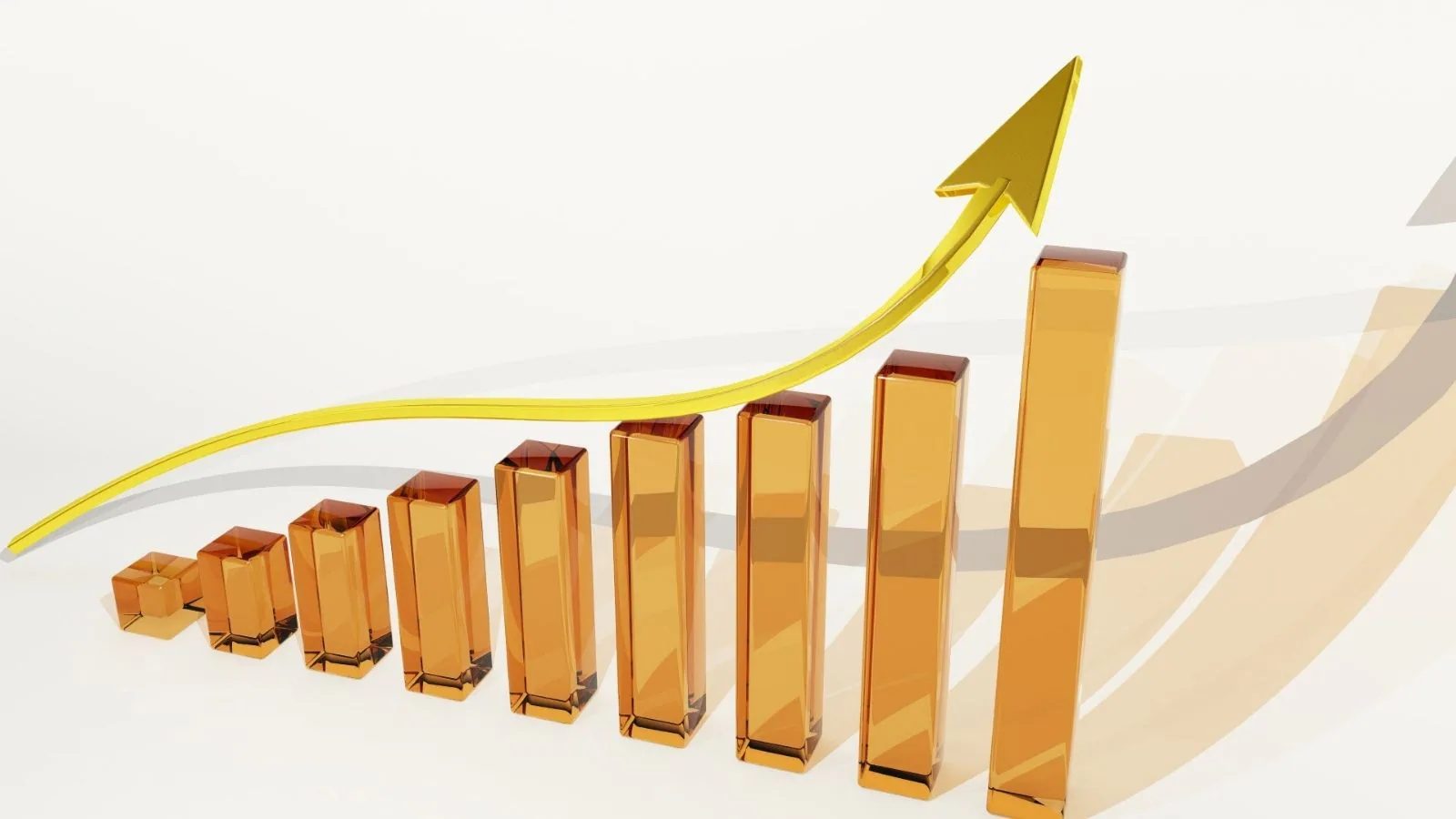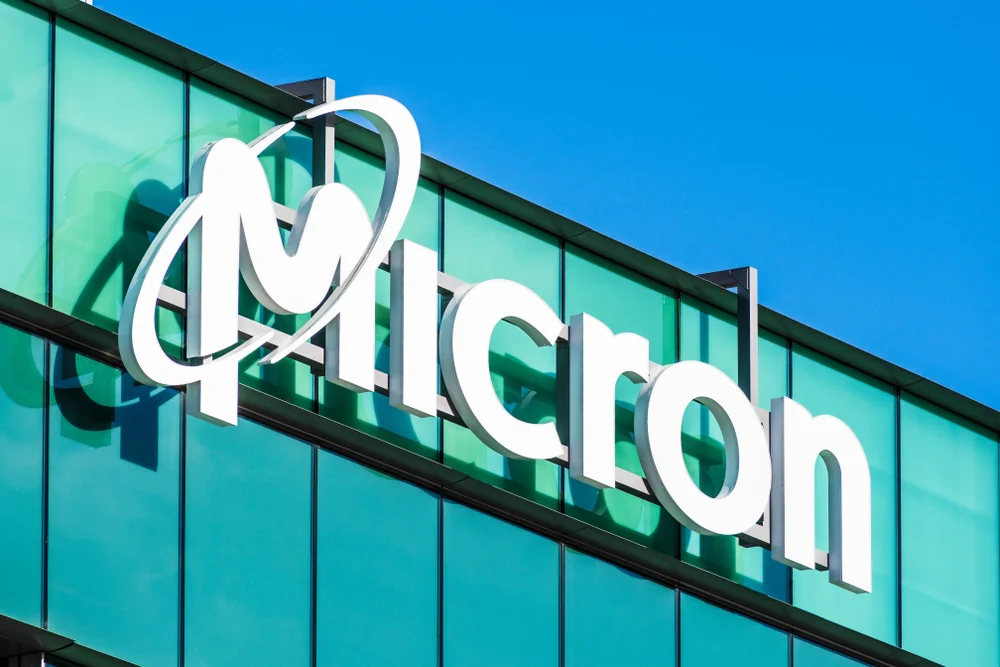Copyright Benzinga

AI-linked stocks are enduring their worst week since April's tariff-driven slump, with Wall Street's valuation obsession back in full force. Despite stronger-than-expected earnings from a group of high-flying stocks this week, traders are hitting the sell button—reminding that no story, not even artificial intelligence, is immune to the math. The Global X Artificial Intelligence & Technology ETF (NYSE:AIQ) is down nearly 4% this week, while the First Trust Nasdaq Artificial Intelligence & Robotics ETF (NYSE:ROBT) has slumped over 5%—both tracking for their worst week since spring. That's despite solid earnings across the board, with companies like Palantir Technologies Inc. (NASDAQ:PLTR), Advanced Micro Devices Inc. (NASDAQ:AMD) and Robinhood Markets Inc. (NASDAQ:HOOD) reporting better-than-expected results. On Tuesday, AI-linked giants lost over $500 billion in market value in a single session. After a brief midweek pause, the selling resumed Thursday. What's going on here? Has the AI rally simply run too far, too fast? And why are valuation metrics—ignored for most of the year—suddenly back as the market's loudest warning signal? Why The Shiller CAPE Ratio Is Flashing Red Suddenly, everyone on Wall Street—from institutional pros to retail traders—is laser-focused on valuations again. At the heart of the caution is the Cyclically Adjusted Price-to-Earnings Ratio, or Shiller CAPE—a valuation tool that averages inflation-adjusted earnings over 10 years. The Shiller CAPE ratio isn't new—but it's having a big moment again. Developed by Nobel Prize–winning economist Robert Shiller, the CAPE P/E ratio was first popularized in the late 1990s as a way to spot speculative excesses in the market. Its roots go back even further, though, to legendary value investor Benjamin Graham, who believed earnings should be averaged over a full business cycle to smooth out booms and busts. Shiller brought that idea to life in the form of a metric that compares a stock index's price to average inflation-adjusted earnings over the past 10 years. The goal? Strip out short-term noise and show when prices are truly detached from underlying fundamentals. It became famous in 2000, when it flashed a big red warning ahead of the dot-com crash. This week, the S&P 500's CAPE ratio climbed to 40.95—a level not seen since December 1999, just ahead of the dot-com crash. For perspective, the long-term average hovers near 17, and even during the 2008 financial crisis, valuations never came close to today’s extremes. The CAPE ratio has only crossed 40 twice in history: once in 1999, right before the dot-com bubble burst, and now. This puts valuations in uncharted territory—higher than the lead-up to 1929, 1966, and even the 2008 crisis. So, Should You Care About CAPE? That depends on what kind of investor you are. If you’re a long-term investor worried about decade-long returns, then yes—CAPE matters. Historically, the Shiller CAPE ratio has been one of the more reliable signals for what the next 10 years in markets might look like. Several studies pointed that when CAPE exceeds 30, returns over the next decade tend to be flat to slightly negative. Moreover, the last time the ratio got this high, the correction that followed was brutal. Still, no one rings a bell at the top—and the Shiller CAPE ratio, for all its historical weight, isn't a crystal ball. It's a blunt instrument: great at spotting long-term risk, terrible at telling you when to hit the eject button. The CAPE ratio has been flashing "overvalued" since November 2023, consistently sitting above 30—nearly double its long-term average of 17. If you had used that as your signal to stay out of the market, you'd have missed a massive rally. Since then, the Vanguard S&P 500 ETF (NYSE:VOO) has surged 62%, while the Invesco QQQ Trust (NASDAQ:QQQ)—home to many of the AI-linked megacaps—has jumped 78%. Yes, the Shiller CAPE has a proven track record when you zoom out. But up close? It's a terrible timer—and a painful one if misused. Chart: Shiller CAPE Has Said ‘Sell' Since November 2023 — Wall Street Isn't Listening Read now: Earnings Are So Good It Hurts: Why This Market Rally Suddenly Feels Tired Image: Shutterstock



